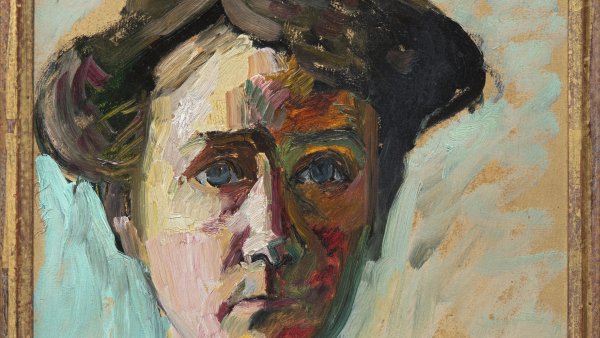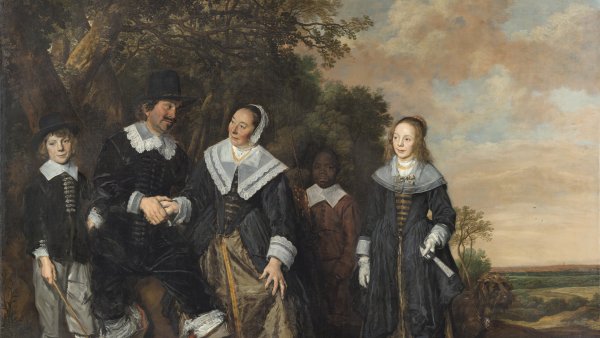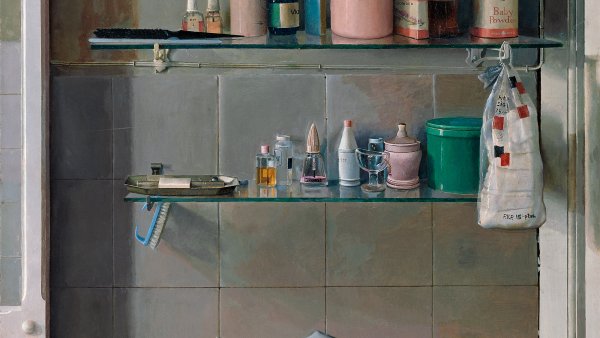Andalusian Painting in the Carmen Thyssen-Bornemisza Collection
Following a period of decline after the death of Murillo and the predominance of foreign artists at the court of the early Bourbon monarchs, the 19th century saw a new flourishing of painting in Andalusia, resulting in one of its most productive eras. From the 1830s onwards, Seville and other capitals of the region witnessed a notable economic revival. More important, however, was the arrival in Andalusia of foreign travellers from England and elsewhere in Europe. These early “tourists” had first started to arrive in Spain in the late 18th century. However, it was in the second quarter of the next century that they appeared in large numbers, the result of the repercussions throughout Europe of the Spanish War of Independence (1808-1813) and the new Romantic taste for the exotic. More than any other region, Andalusia represented for these travellers the “Romantic myth of Spain”. Seville and Granada in particular welcomed writers and painters such as Washington Irving, Richard Ford, Théophile Gautier, Alexandre Dumas, David Roberts, John Frederick Lewis, Alfred Dehodencq, Gustave Doré and others, whose work established the image of “picturesque Spain”. This was accompanied by a growing demand abroad for paintings depicting the principal landscapes, monuments and popular customs of southern Spain.



